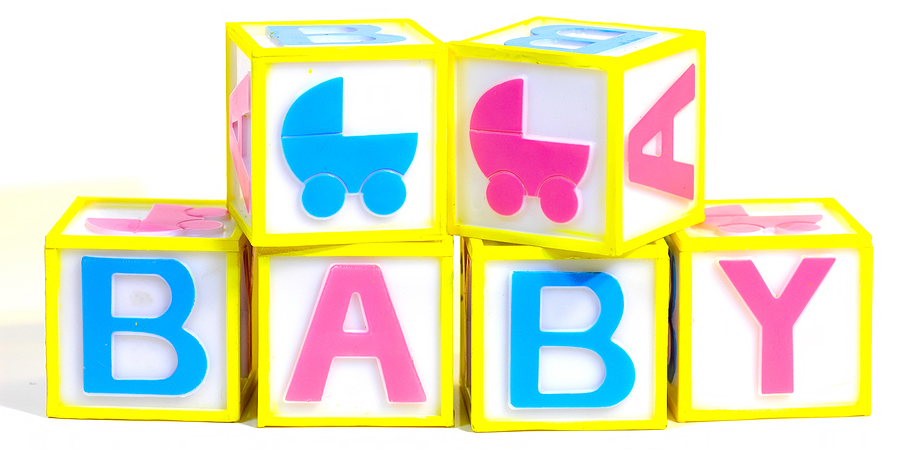There are tens of thousands of people throughout the world who collect reborn dolls, but few people know the true history behind them. Like most collectibles, though, there’s a long and rich history behind reborns that helped shape them into what they are today. While learning this history isn’t necessary to participate in the hobby, it does allow you to appreciate reborns more for all of the hard work that goes into making one. If you’re interested in learning more about their history and origins, keep reading and we’ll reveal how the hobby got started and where it’s potentially headed.
How Reborning Started

People throughout the world have been crafting dolls resembling babies for hundreds of years. Young children (mostly girls) appreciate these toy dolls and oftentimes collect as many different ones as they can. Back in 17th-century Europe, dolls were hand-carved out of hardwood pine blocks and features were hand-painted on their body. Some people even tailored small clothes to place on their wooden dolls before selling them on the market. By the 19th century, dolls were being made of wax, porcelain or eventually vinyl, which gave them more realism than stiff hardwood. Of course, these were nowhere near the level of realism created by a reborn doll, but it’s a step in the right direction that began to change society’s view on dolls and doll making.
Once people saw that dolls could actually resemble living babies, doll artists, manufacturers and even collectors themselves began to work on making realistic details. Up until now, children and collectors were limited to basic toy dolls with very few realistic features, but that was all about to change thanks to reborn dolls. The truth is that no one knows who exactly the first person to create a so-called “reborn doll” was, but we do know that it occurred sometime around the late 1980s to early 1990s. People were simply tired of traditional dolls and wanted something new; therefore, they started using new techniques and materials to create dolls that looked more like babies and less like toys.
The Early Days of Reborn Dolls
Some of the first dolls worthy of being labeled “reborns” were created from typical vinyl toy dolls that were taken apart and modified with upgraded limbs and features, which is essentially how they are still being made today. An artist would take a cheap vinyl doll, remove the limbs, hair, eyes and paint, and then they would begin the painstakingly long process of replacing these components with more realistic ones. Upon seeing a reborn doll for the first time, many people are shocked and amazed at how much they resembled actual babies.
Some artists and manufacturers used their own techniques to make reborn dolls. Different types of paints and materials were frequently experimented with to determine what works best. It was through this trial and error that laid the foundation for the basic principles of reborning that most artists follow today. During the early 90s, some of these reborn doll artists uploaded reborn guides and instructions online for others to use. As a result, people from across the world started making their own reborn dolls using the proven methods posted online, and the reborn doll hobby rapidly expanded throughout the world.

Transitioning From Toys To Art
The process of making a realistic, high-quality reborn doll takes well over 40 hours of hard work by a skilled artist. If you’ve ever attempted to make your own reborn before, you probably know just how difficult and time-consuming this process is. Removing the limbs and factory paint alone takes several hours to prevent damaging your doll. In order to create a realistic skin tone, a dozen or more layers of paint must be carefully shaded into the doll’s body and then shaded using various colors. If this wasn’t difficult enough, the artists must then place new eyeballs in Once the reborn doll was completed, however, it was simply stunning and mesmerizing to look at. No longer did it look like some cheap toy doll purchased at the local flea market, but instead it could be passed off as an actual baby with so many details and realistic features.
With the ever-increasing popularity of reborn dolls, certain artists became known for producing high-quality dolls with more realism than others. There was still one thing missing from the hobby – a socialized network for collectors and artists to communicate with one another. The International Reborn Doll Artists (IRDA) was formed to fill this social void and held their first 3-day long conference on January 25, 2005, in Orlando, Florida. Since its inception, the IRDA runs annual conventions for artists, collectors and anyone else interested in the hobby.
The Growing Popularity of Reborn Dolls
The reborn doll hobby was initially limited to the U.S. and U.K., but it quickly spread into other countries as more people began to see these amazing works of art. With numerous forums, blogs, news programs and talk shows all covering reborn dolls, people everywhere were able to see and fall in love with them. Before long, people living in Australia, New Zealand, Canada, South Africa and parts of Asia were also joining in on the reborn craze.
Only time will tell what’s in store for the future of reborn dolls, but new reborning methods and techniques are being invented each year. There are now reborn dolls that breathe and cry, which is another element of realism. If people already mistake reborn dolls for living babies, how much more realistic can they get?

I want to know how to get your reborn doll hair to grow back in some places what do you do I need to know.